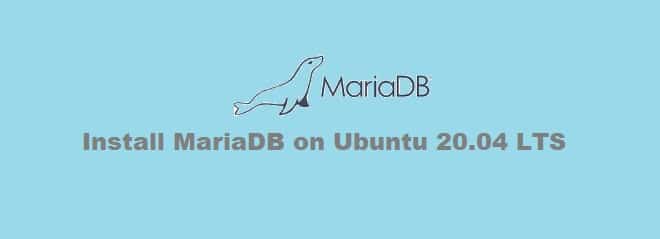

#Brew install mariadb 10.2 update#
Next, you need to update the environment paths: $ echo 'export > ~/.zshrc 🤷🏻♂️Īnyway, the first thing to do is to make sure that you when you install PHP and if you’re doing so with Homebrew, you do the following: $ brew install brew link -force -overwrite will make sure that you’ve installed the most recent version while symlink’ing it properly so your using it on your system.

It’s almost the most recent version that’s not deprecated in the Homebrew Formulae. The truth is, PHP 7.4.27 is the most recent compatible version in my experience that works with WordPress. I’ve been talking with a few people on Twitter about it and it turned into a fun discussion.Īnyway, if you’ve followed any of this – or even if not and you’re experiencing this – then here’s a resolution for you.įix WordPress, PHP, MariaDB, and Homebrewįirst, note that you cannot use WordPress and PHP 8. Note that I use Homebrew to manage all of my packages and use Laravel Valet, WordPress, MariaDB, and PHP along with wp-cli. We recommend servers running version 7.4 or greater of PHP and MySQL version 5.7 OR MariaDB version 10.2 or greater. I’m working on a longer post about how I set up my latest development environment but, in the mean time, hit a wall when working with the following requirements: sudo systemctl stop rvice # To Stop MariaDB service sudo systemctl start rvice # To Start MariaDB service sudo systemctl status rvice # To Check MariaDB service status sudo systemctl restart mysql.TL DR: If you find yourself setting up a new environment and you run into problems running WordPress, MariaDB, and PHP there are a few things to remember. Use the following commands to stop, start, check status and restart MariaDB servic. Some times we need to stop or start MariaDB service. Type '\c' to clear the current input statement. Server version: 10.2.6-MariaDB-10.2.6+maria~xenial binary distributionĬopyright (c) 2000, 2017, Oracle, MariaDB Corporation Ab and others.
#Brew install mariadb 10.2 password#
When prompted, use the password entered during installation of MariaDB. While installing MariaDB using above command installer will prompt for MariaDB root account password twice like below snapshot.Īfter completing installation you can connect to MariaDB using following command. Make sure you have proper backups of databases before running below commands.

This will remove any previous version of MariaDB packages and install the latest packages on the system.

Step 3 – Install MariaDB in UbuntuĪfter adding the repository in your system and use following commands to install MariaDB-server on your Ubuntu system. Click here to find suitable repository for your system. To check your Ubuntu system version run ‘lsb-release -a’ command.įor Ubuntu 18.04 “Bionic” deb bionic mainįor Ubuntu 16.04 “Xenial” deb xenial mainįor other versions of Ubuntu. sudo vim /etc/apt//mariadb.listĪnd add the following values to the configuration file as per your Ubuntu version. Sudo apt-key adv -recv-keys -keyserver hkp://:80 0xF1656F24C74CD1D8Īfter this, create a new Apt configuration file for MariaDB with the following command. sudo apt install software-properties-common Import the package singin key for MaraiDB packages on your system. You can find the MariaDB Apt configuration file from the official website. mysqldump -u root -p -all-databases > all-db.sql You can backup all your databases using the below single command. So, If you have already running older MariaDB version, It’s recommended to take all databases backups before upgrading. MariaDB 10.2 has been released with various upgrades and configuration changes than previous releases. This article will help you to Install MariaDB in Ubuntu 18.04 and 16.04 LTS and Other Systems using the Apt package manager, For older version use Apt-get command. Use below links to read features comparison between MariaDB and MySQL MariaDB has a number of updated features over MySQL. MariaDB can be a better choice for choice for database professionals looking for a robust, scalable, and reliable SQL server. MariaDB ia an enhanced, drop-in replacement for MySQL.


 0 kommentar(er)
0 kommentar(er)
